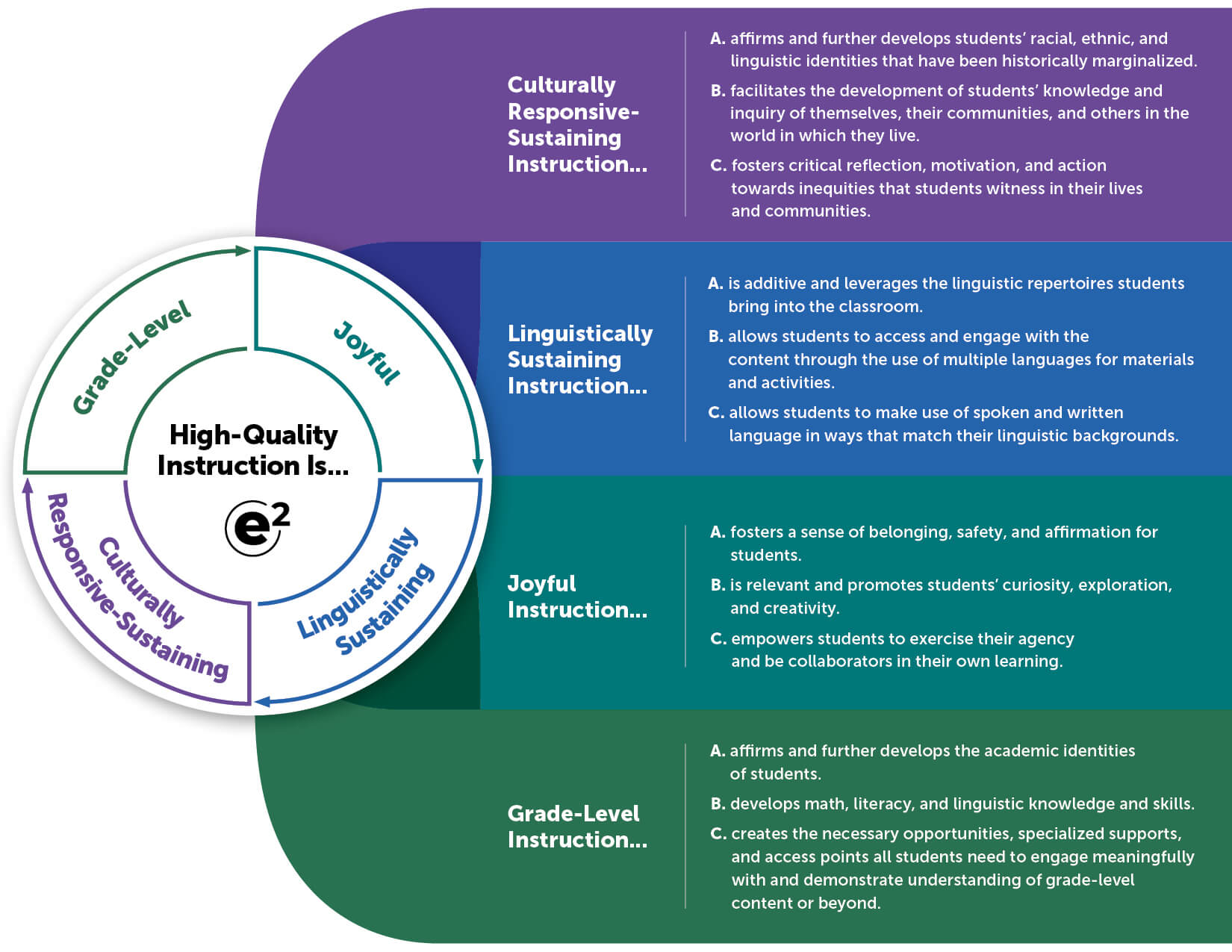CROSS CONTENT
[ RESOURCES ]
[ Filter your resource ]
49 Practice Resources
CROSS CONTENT
|
|
TOOLS
CROSS CONTENT
|
K-12
|
COURSES
CROSS CONTENT
|
|
COLLECTION
CROSS CONTENT
|
|
ACHIEVE THE CORE
CROSS CONTENT
|
K-12
|
ACHIEVE THE CORE
CROSS CONTENT
|
K-12
|
PLANNING
CROSS CONTENT
|
K-12
|
PLANNING
CROSS CONTENT
|
|
GUIDANCE
CROSS CONTENT
|
K-12
|
GUIDANCE
CROSS CONTENT
|
K-12
|
PLANNING
CROSS CONTENT
|
K-12
|
GUIDANCE
CROSS CONTENT
|
K-12
|
GUIDANCE
CROSS CONTENT
|
K-12
|
PLANNING
CROSS CONTENT
|
K-12
|
TOOLS
CROSS CONTENT
|
|
ACHIEVE THE CORE



